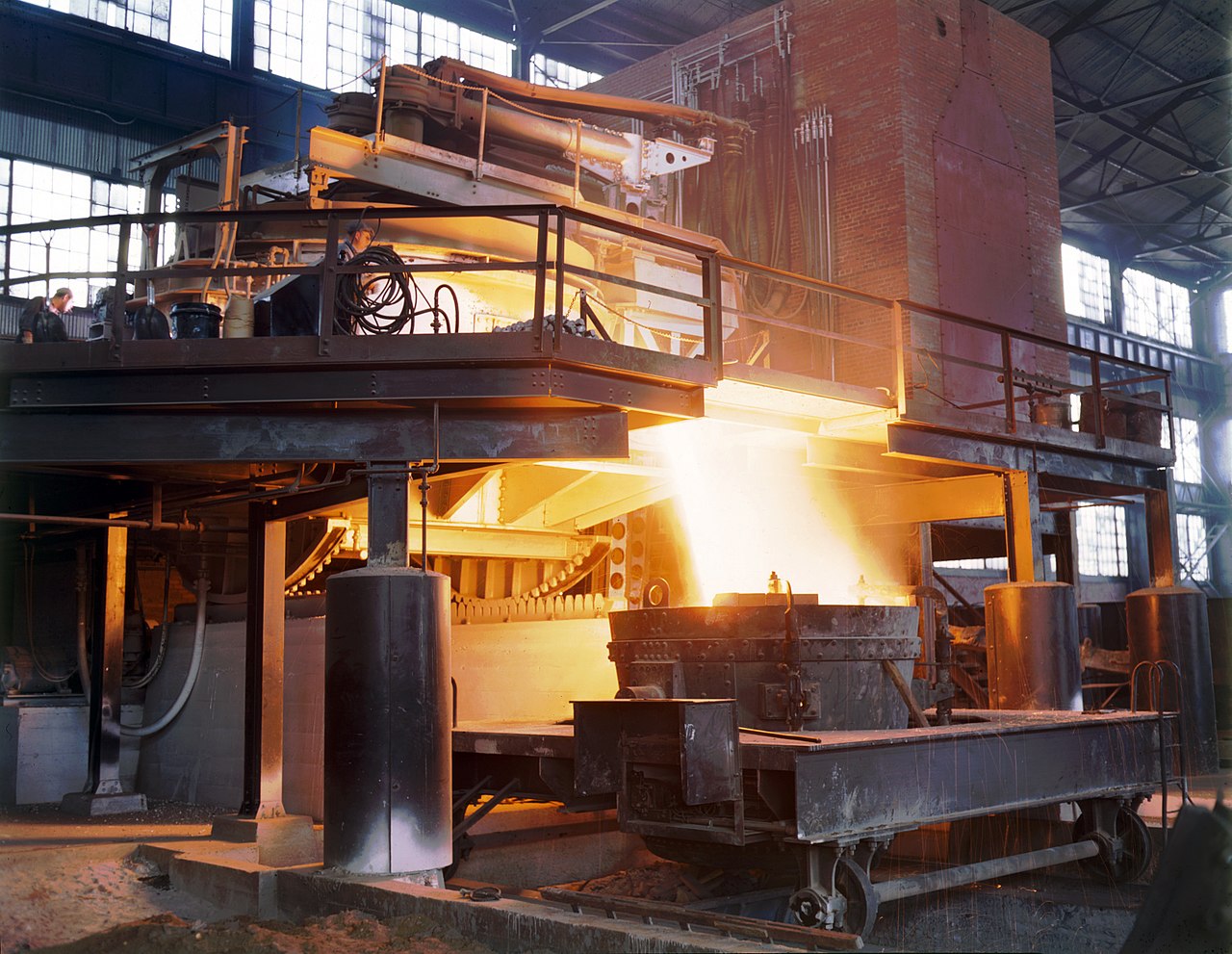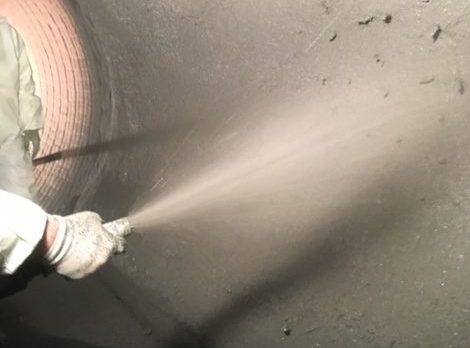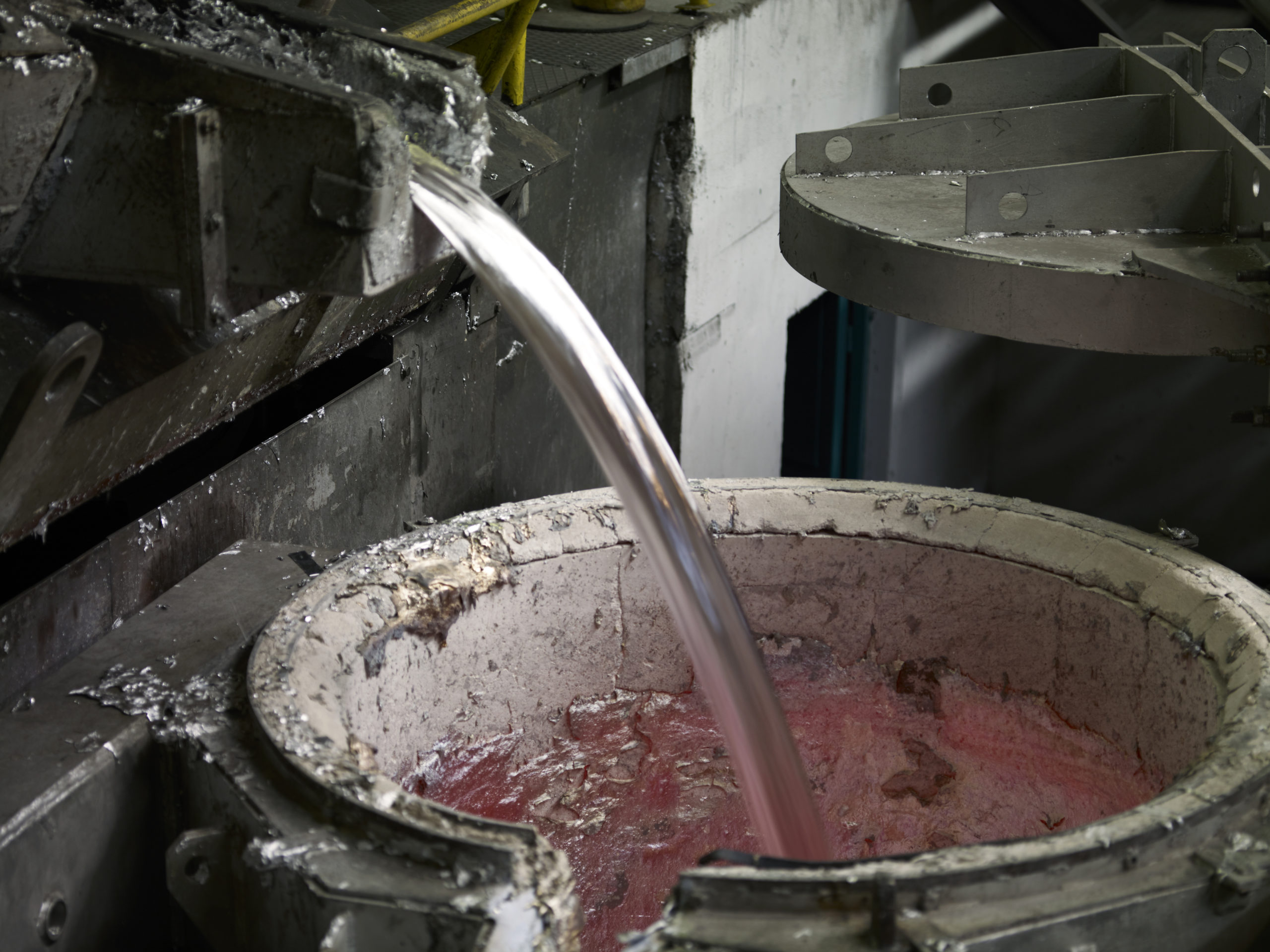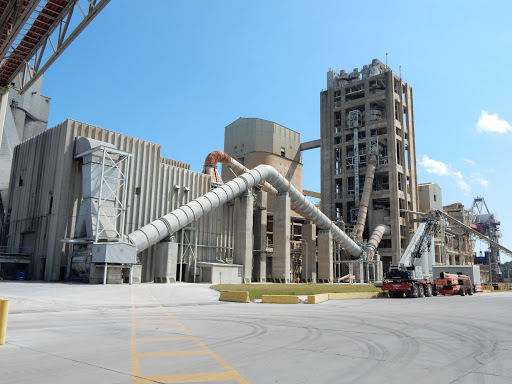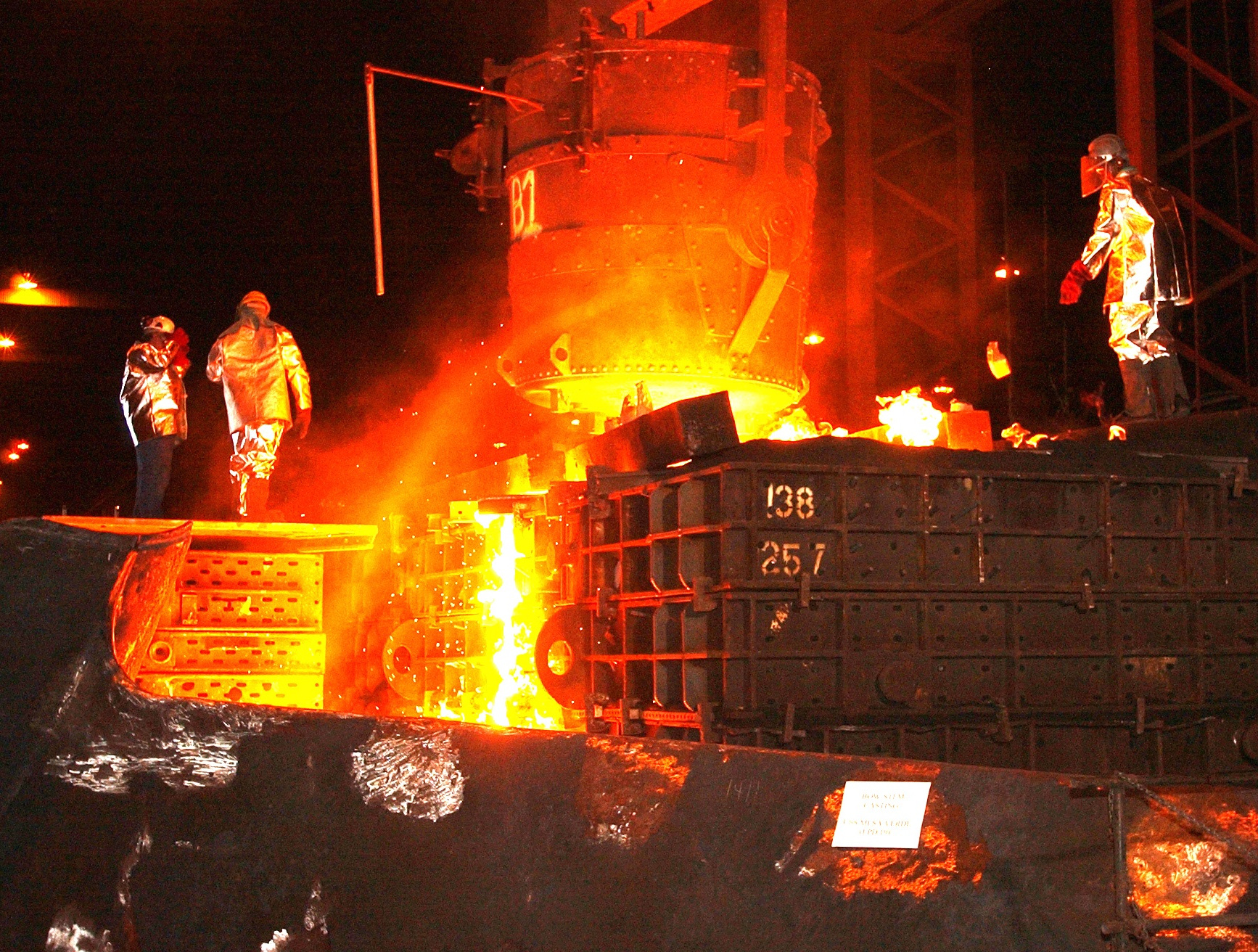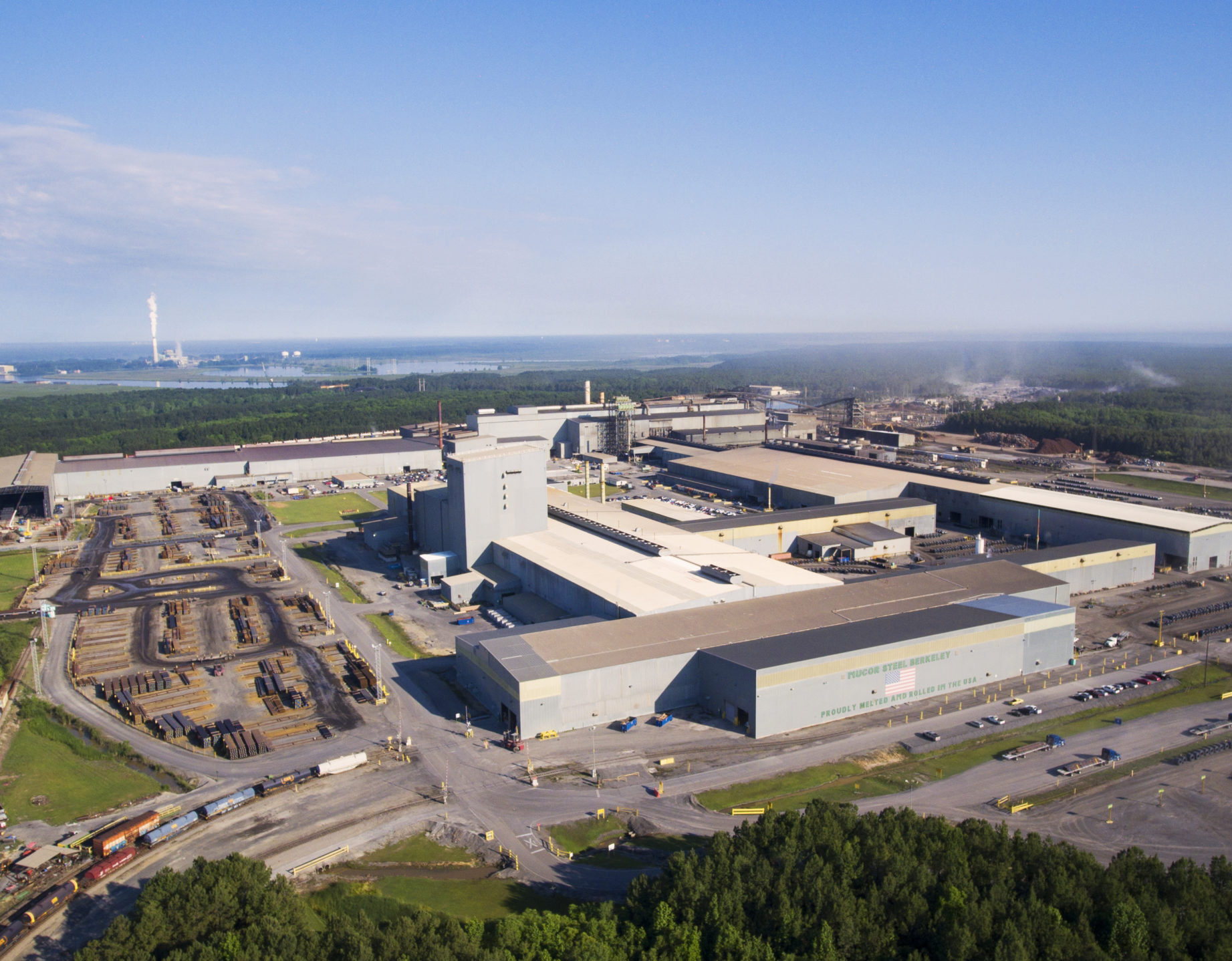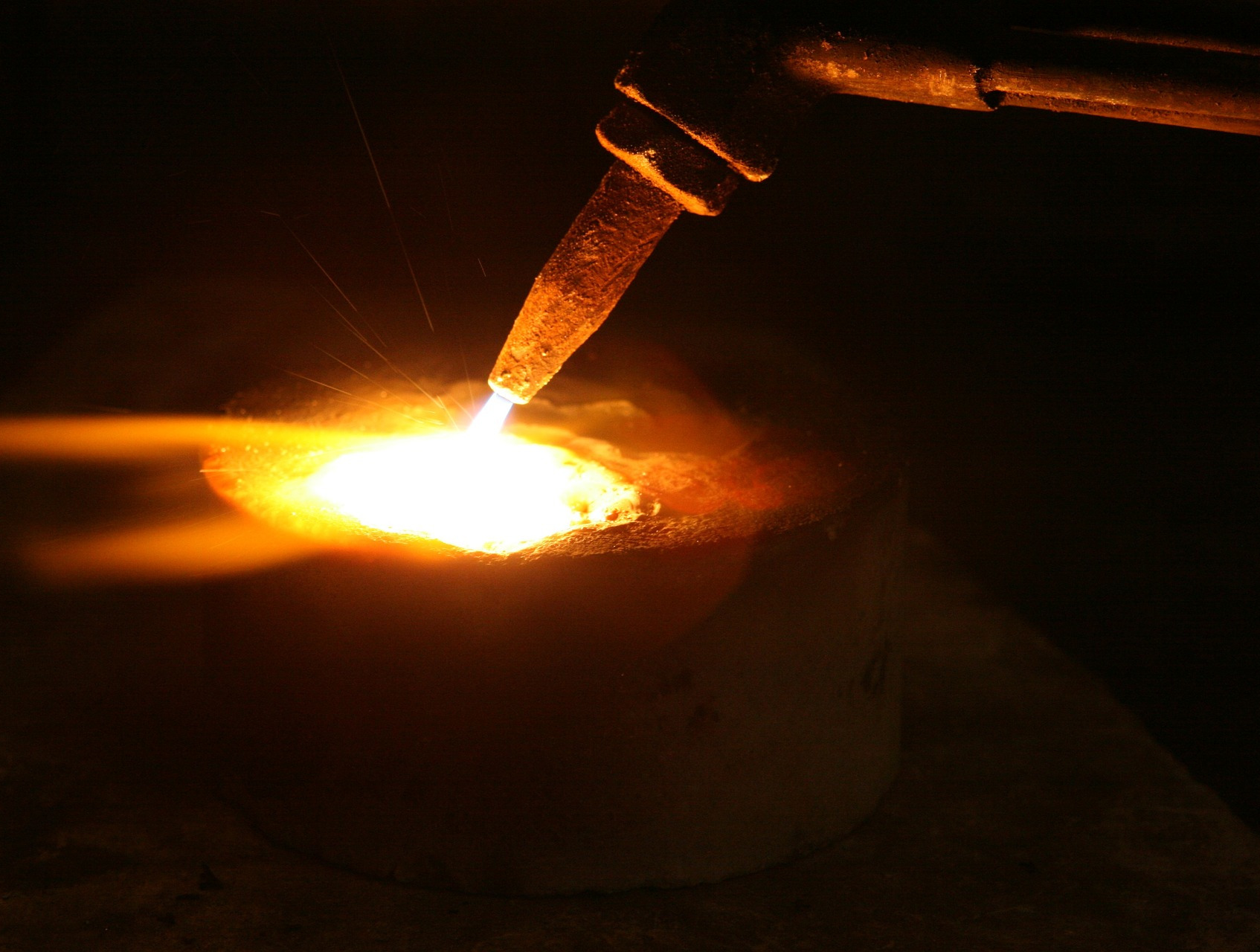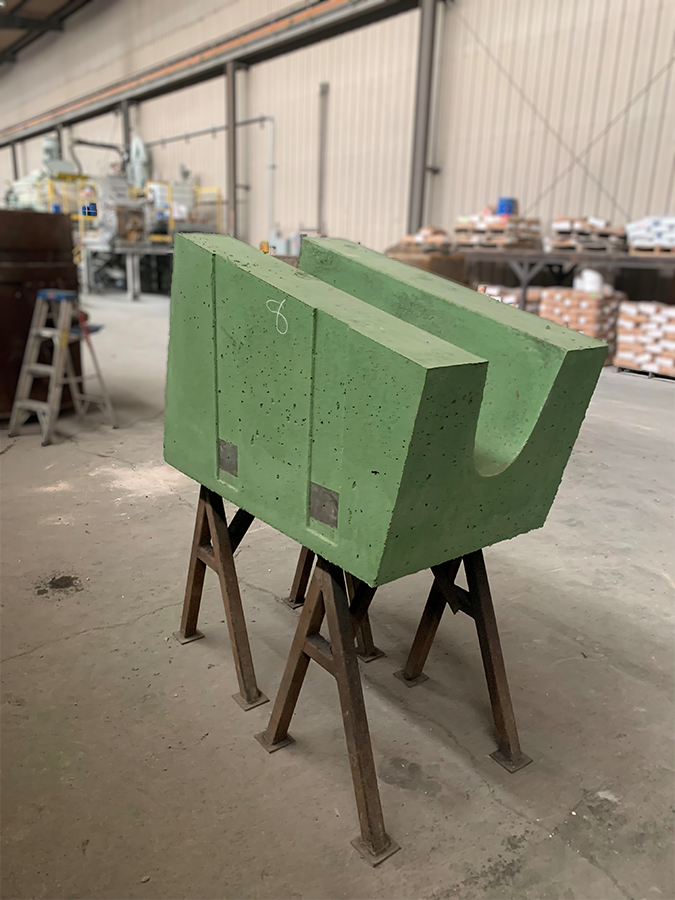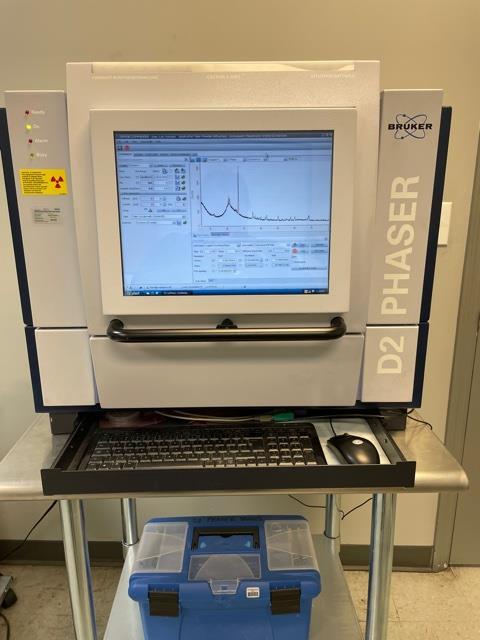Conventional Thinking
Low Cement and Ultra-Low Cement concrete refractories have dominated liquid-metal hot-face structures since the 1970’s. With this technology, higher purity calcium/aluminate cements are used with acid- based deflocculates which de- conglomerate, the cement spreading the particles and maximizing their efficiency. Cement contents range from 2-3% for ultra-low products and 4% to 8% for traditional low-cement products used in iron making foundries.
Along with the reduced amount of cement, a micronized silica fume is added to take up air space, and reduce the water content. With reduced cement contents, the calcium levels are also reduced which allow these products to withstand much higher temperatures than conventional products. Mixing and placement water range from approximately 5.0% to 7.5% leading to porosity and permeability levels which are greatly reduced when compared to conventional refractory products or to brick products of equal chemistry.
RENO NC Products (No-cement, SOL-Gel Bonded Refractory Products) have been a mainstay for RENO Refractories, Inc.,, since 1996. With this technology, cement and clay are eliminated and a silica colloid comprised of 40% nanosized silica particles suspended in an alkaline solution is utilized. This solution forms a gel-bond at low temperatures and then forms mullite ceramic bonds at elevated temperatures. This liquid additive is supplied along with dry refractory components in place of water. The immediate advantages are the elimination of calcium from the cement leading to elevated high-temperature strengths.
Thus, the refractory structures are more stable at elevated temperatures and do not become pyro-plastic and sag under load.
Additional benefits include a lower pore size of 2-4 microns versus 20-30 microns for cement bonded products at the service temperatures of molten iron. These smaller pore sizes resist infiltration and wetting and thus these materials perform for longer periods of time. Without hydroxide cement bonds, the water is not chemically bound and the physical water is easily removed, with most free water eliminated at a temperature of 350°F (177°C), in contrast to cement bonding which holds water until 965°F (518°C.)

